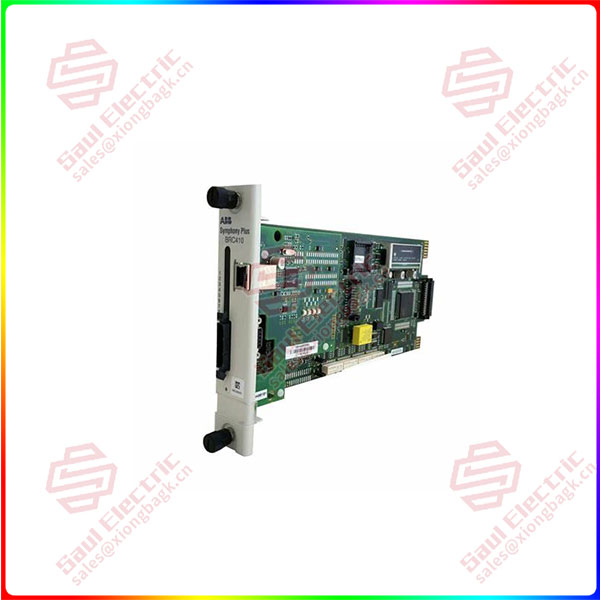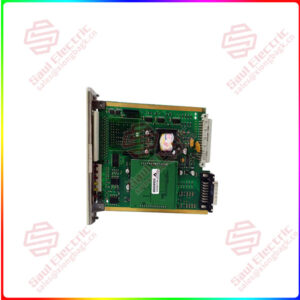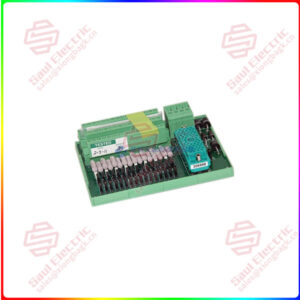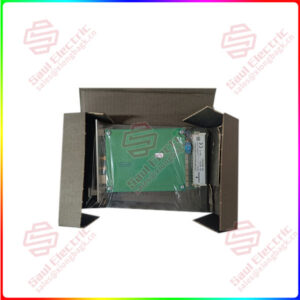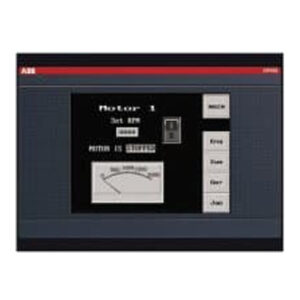Description
Overview
Essential details:SPBRC400 Controller with Expanded Memory
lf you need to inquire or purchase ,please send the product models to my email or call medirectly .
sunny He
[Email] sales@saulcontrol.com
[Mobile] 86-18059884797
[WhatsApp] 86-18059884797
[Skype] sales@saulcontrol.com
SPBRC400 Controller with Expanded Memory
The SPBRC400 Extended Memory controller is a programmable device whose functions and behavior can be customized and controlled through programming and configuration. Specific programming and configuration methods may vary by manufacturer and model, but the following general steps are usually followed:
Hardware connection: First, make sure the controller has the proper hardware connection to the computer or other programming device. This may include cables, serial ports, USB interfaces, etc.
Install drivers: Install the drivers for your controller according to the guidelines provided by the manufacturer. A driver is a software interface used to communicate and program with the controller.
Choose a programming environment: Choose a programming environment that suits your controller, such as an integrated development environment (IDE) or specific programming software. These software tools often provide graphical user interfaces for easy programming and configuration.
Import Device drivers: In the programming environment, import the device drivers for the SPBRC400 controller. A device driver is a software component used to interact with the controller hardware.
Writing code: Writing code in the programming language of choice (such as C, C++, assembly language, etc.) to control and control the functions of the controller. You need to write code related to controller communication, configuring parameters, performing specific tasks, and so on.
Compilation and debugging: Compile code to a target executable or firmware using a compilation tool in the programming environment. The executable file or firmware is then uploaded to the controller for testing and debugging. Make sure the code runs correctly and implements the desired functionality.
Run and monitor: Start the controller and observe its operating status and behavior. Use appropriate monitoring tools (such as debuggers, oscilloscopes, etc.) to check the operating status and performance of the controller. Adjust the code and configuration as needed to optimize performance and reliability.
It is important to note that the specific programming and configuration steps may vary depending on the controller model, programming language, and development environment.


 1 Year Warranty
1 Year Warranty
